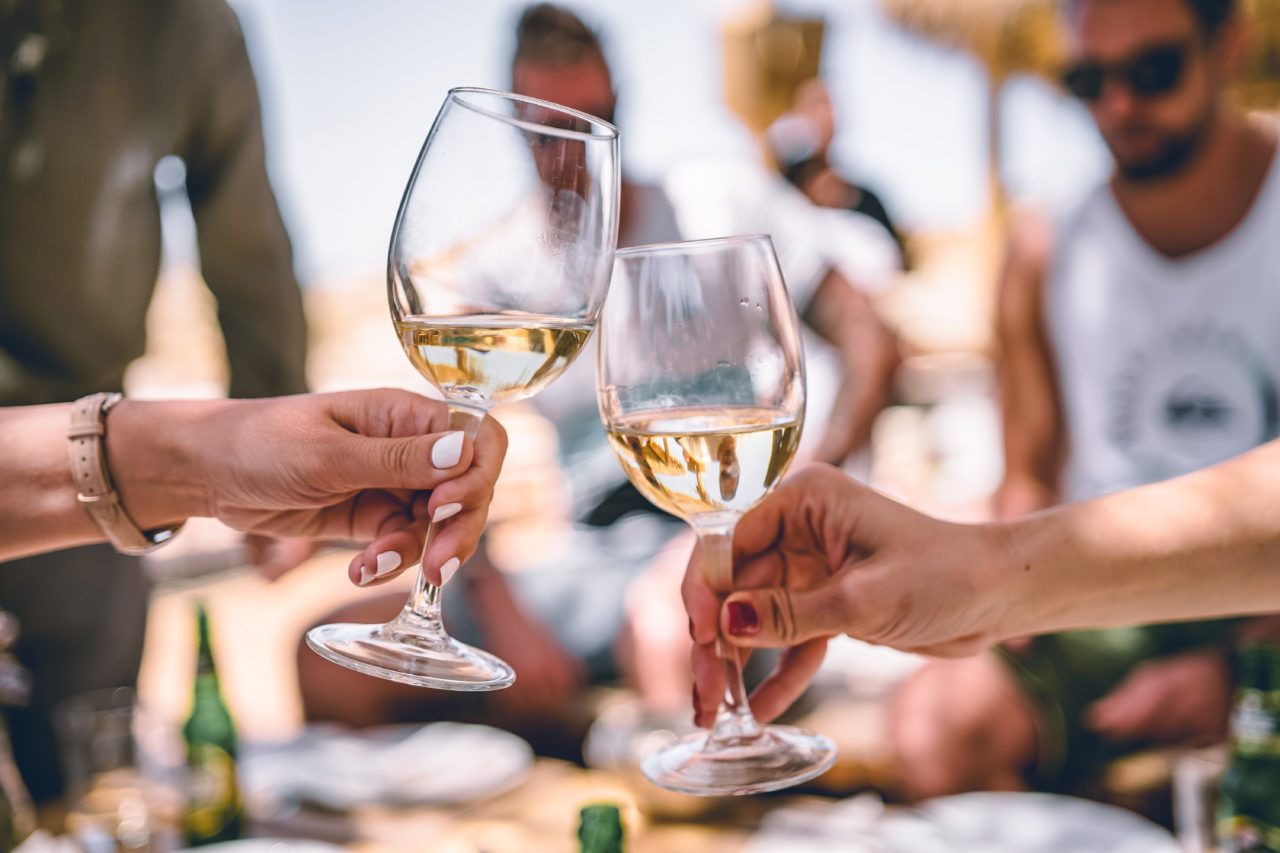From Organic Wines to Gen Z Influencers: Top Trends in Wine for 2021
2020 represented a huge shift in the wine and spirits industry as the pandemic caused massive disruption to the way people imbibe. As the industry prepares for the post-pandemic landscape, here are some of the most exciting trends that we’re tracking now.
Natural, Organic and Biodynamic Wine is Growing
The thirst for various kinds of “natural” wines seems unquenchable — the market for organic wine is projected to surpass fifteen billion dollars globally by 2025. This powerful trend seems to be driven by larger forces that are shaping the food industry as consumers clamor for “natural” and “plant-based” products.
A few of the exciting niche categories that retailers and distributors are exploring:
- “Biodynamic” wines: these are wines produced without artificial manipulations like adding yeast or adjusting acidity. Biodynamic wines normally eschew pesticides.
- Vegan wines: many consumers are unaware that many wines cannot be considered “vegan,” because they employ “fining” agents to clarify and filter out impurities. These agents can be comprised of casein (from milk), albumin (egg whites), gelatin (animal protein) and isinglass (fish bladder protein). Vegan wines use other means to clarify.
- “Natural” vs “Organic”: All organic wines are natural but not all natural wines are organic. Among winemakers there is a general agreement that all natural wines begin with grapes grown using organic farming methods. However, the particulars of the labelling come down to the country of origin and in this respect, there are wide differences between the United States and Europe, especially in regards to the use of sulfites.
Greater reliance on social media personalities
One of the progenitors of social media marketing, Gary Vaynerchuk, got his start reviewing wine in an irreverent and accessible style through a YouTube daily webcast called WineLibrary.tv in 2006. Since then, the role of influencer marketing in the wine business has only grown, especially as the young and beautiful post photogenic sunsets and infinity pools along with the hashtag #roseallday. As socialization patterns shift in the post-pandemic summer of 2021, we expect this trend to accelerate.
Marketing to Millennials and Gen Z
While we likely have the Millennial generation to thank for the booming trade in rose wine, more thank 20 million Gen Z consumers have reached drinking age by 2016 and this rising generation is larger in numbers than their Millennial predecessors. And in contrast to their experience-driven elders, it seems that Gen Z is excited by cool packaging and innovative marketing. What’s more, sustainability is a big factor for both of these generations.
New Ways to Access Wine
The pandemic seems to have accelerated several trends we’ve seen in the industry in the past few years:
- In cities like NYC, alcohol regulations were relaxed to allow “to go” purchases from restaurants and bars and we expect there to be some pressure to keep those laws in place.
- Delivery services like Drizzly are growing in popularity and offer a great way for local bricks and mortar businesses to partner with a startup for new distribution options.
- Plum, a hot startup from the South Florida tech scene, is a high end gadget that will preserve, chill and serve any bottle of wine.
- Especially in regards to the younger generation, we expect to see innovations in package design, including canned and boxed wine that can be useful for single servings and/or toting along with you on the trip to a park or picnic.



